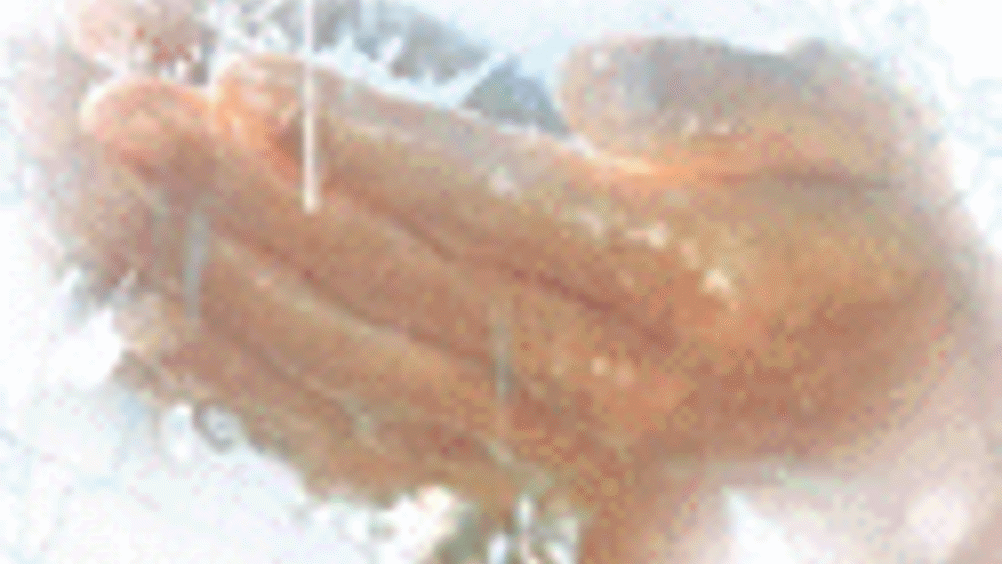Deforming DNA

A new study published in December 2005 in Biophysical Journal raises questions regarding the safety of buckyballs when dissolved in water.
It reports the results of a detailed computer simulation that finds buckyballs bind to the spirals in DNA molecules in an aqueous environment, causing the DNA to deform, potentially interfering with its biological functions and possibly causing long-term negative side effects in people and other living organisms. Engineers and scientists have been exploring the properties of these molecules, which were first discovered in 1985, for applications as diverse as medicine and computing.
The research, conducted at Vanderbilt University by chemical engineers Peter T. Cummings and Alberto Striolo, along with Oak Ridge National Laboratory scientist Xiongce Zhao, employed molecular dynamics simulations to investigate the question of whether buckyballs would bind to DNA and, if so, might inflict any lasting damage.
“Safe is a difficult word to define, since few substances that can be ingested into the human body are completely safe,” points out Cummings, who is the John R. Hall Professor of Chemical Engineering and director of the Nanomaterials Theory Institute at Oak Ridge National Laboratory.
Register now to continue reading
Thanks for visiting The Engineer. You’ve now reached your monthly limit of premium content. Register for free to unlock unlimited access to all of our premium content, as well as the latest technology news, industry opinion and special reports.
Benefits of registering
-
In-depth insights and coverage of key emerging trends
-
Unrestricted access to special reports throughout the year
-
Daily technology news delivered straight to your inbox










BEAS funding available to help businesses cut energy costs
And not a moment too soon, if the following exchange broadcast last Friday 13th June, on the Radio 4 ´Rare Earth´ program (link below, ~ 17 minutes...